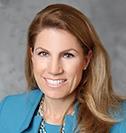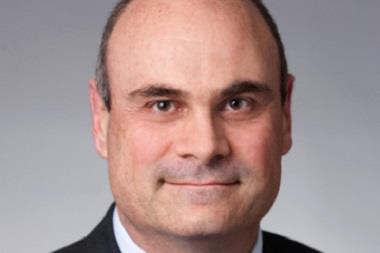Seraina Maag talks to StrategicRISK ahead of the FERMA Forum on how the hyper-connected world is changing the risk landscape

How has insurance changed over the last decade?
Insurance is a traditional industry – it can trace its roots back to the fourteenth century – and it fulfils a basic human need, which is to reduce fear of the future. While much has changed and much will continue to change, this basic need will continue. But the insurance industry cannot remain static and insurers must be prepared to change their business models if they are to survive.
We are in the midst of a connected revolution. What started with connected devices has evolved to connected objects and the current generation of millennials expect to be constantly connected to devices, objects and each other. The speed of technological change is ever increasing and this is spurring both business change, and social change. Brands that were ubiquitous a decade ago have disappeared, with new disrupters taking their place. The insurance industry needs to adapt to survive such disruption.
Meanwhile, recent M&A activity has seen insurers adding scale to help offset margin pressures caused by the low inflation environment and surplus capital.
How are insurers innovating in light of these trends?
At AIG we have moved beyond insurance: beyond just risk transfer, to providing services and competence that help our customers and support them. For example, we’re able to advise a global energy company involved in the manufacture and installation of wind turbines on how to transport and install large-scale equipment in remote, inaccessible locations, because of our wealth of expertise in this area. It takes some skill: one rotor blade can be the length of nine London buses.
We need better interpretation of our data – of the wealth of information that we have about risk and about loss – to help our customers avoid problems, rather than simply paying out. For example, we have a team of around 150 data scientists who are combining analytics and science with our stores of information to come up with smarter solutions for our clients.
We also need to harmonise human thinking and machine thinking to amplify our intelligence. For example, researchers at New York University are working with the City of New York and AIG to learn how to make intersections safer by using computer vision to track each object at an intersection, automatically measuring how close they get to each other. We are gathering data on a huge scale before people get hurt to find ways to keep them safer.
This is a new age for the insurance underwriter: how they will work with big data and with science and technology to offer insight and develop solutions will define the future winners.
What risks will fundamentally change how insurers operate?
We believe embracing big data and an analytical approach to data science will be crucial in enabling the industry to adapt to the changing environment. We have hired a team of data scientists and we’re working with our clients to stay ahead of technological change, but we’re not complacent about the risk of disruption. We need to continue to evolve




















No comments yet